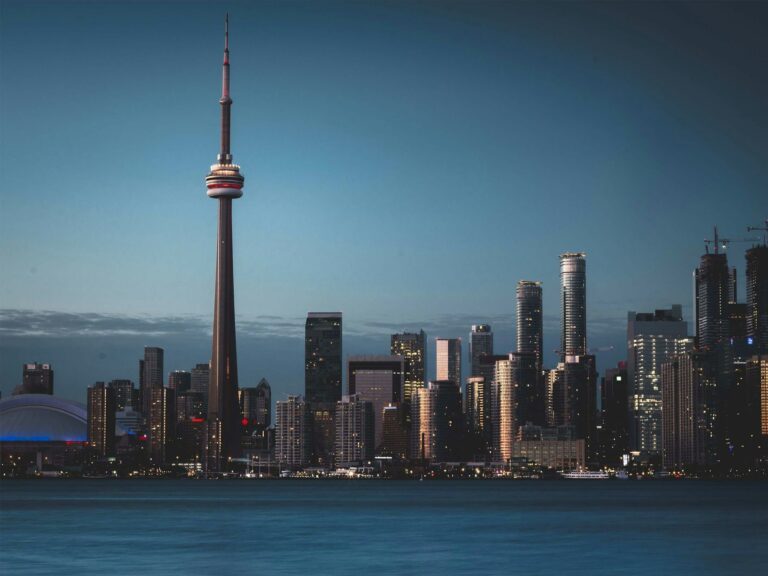Canadian real estate is even cooler than most realize. Since hitting a record high three years ago, real (inflation-adjusted) home prices have fallen sharply, according to data from the US Federal Reserve Bank of Dallas (Dallas Fed). Once thought an invincible and sure bet, Canadian real estate is in the middle of the second-largest price correction ever—and it’s still unfolding, especially compared to how long past downturns took to bottom.
Canadian Real Estate Prices Below 2017 Inflation-Adjusted Peak
Canadian real home prices: Dallas Fed inflation-adjusted indexed quarterly values.
Source: Dallas Fed; Better Dwelling.
Even Canadian real estate prices are in disbelief over how sharp this correction has been. Real home prices moved up a minor 0.15% in Q1 2025, but remain 3.94% lower than last year. After adjusting for inflation, home prices are roughly cheaper than they were in 2017—in relative terms. If only household wages had kept up with inflation since then!
The mild quarter-over-quarter uptick may be a sign of firming, but it’s too early to tell. Since inflation data is often revised with more complete CPI inputs, the most recent quarter is often subject to revision. Calling a bottom is bold, especially since more recent indicators, such as home sales, continue to weaken.
Canada’s Housing Crash Is Already The Second-Largest On Record
Canadian real home prices: Historic corrections from peak to trough in percentage points.
Source: Dallas Fed; Better Dwelling.
What is clear is that Canada is seeing one of its largest real estate price corrections on record. Prices have fallen 24.18% since hitting a record high back in Q1 2022. Still shy of the early ‘80s crash (-31.92%), but it’s already surpassed the one in the early 90s (-21.7%). Many may not have noticed—this correction is unfolding faster than almost any before it.
Canadian Real Estate Bubble Is Collapsing At Record Speed
Canadian real home prices: The change in percentage points and number of quarters since the peak for historical corrections.
Source: Dallas Fed; Better Dwelling.
The current correction is now 12 quarters deep—just three years from peak. Only two were shorter: the 2008 Global Financial Crisis (4 quarters) and the 2017 foreign buyer mini-bubble (10 quarters). The 2008 drop was brief, as Toronto—the largest and priciest market—had only just regained its real peak from the early ’90s, nearly two decades later. The 2017 downturn abruptly ended in late 2019 when the market froze into the pandemic. In hindsight, both were blips.
The only two that compare in scale were longer. The early ’80s crash lasted 14 quarters—remarkably short given the damage. The early ’90s correction dragged on for 26 quarters, as policymakers tried to offset losses with rapid immigration and financial stimulus. Instead of helping, it prolonged the downturn and delayed the reset needed for recovery.
